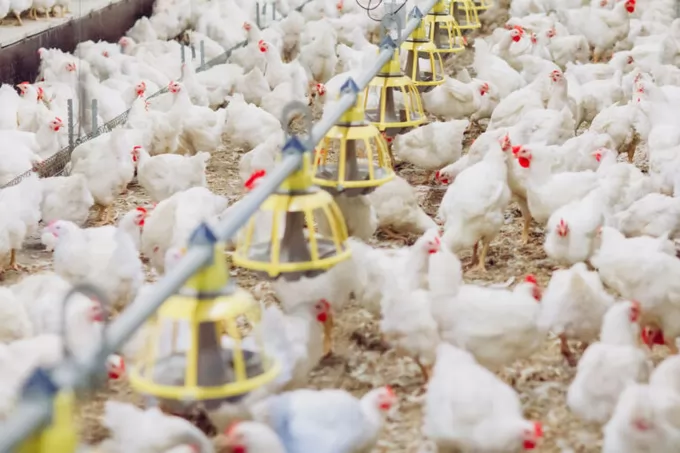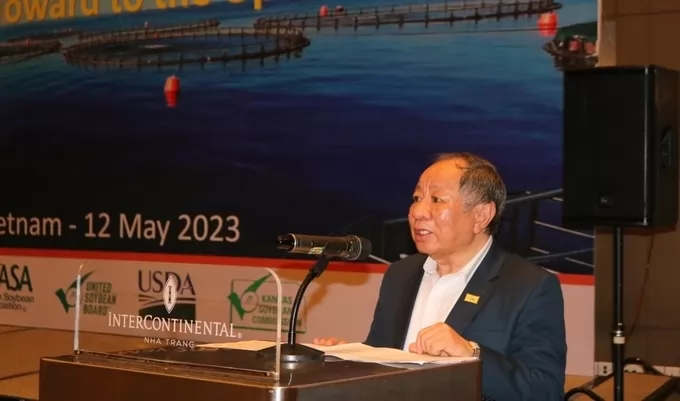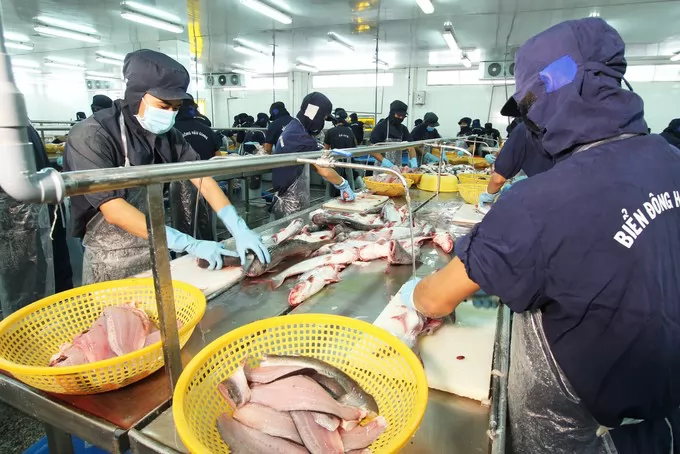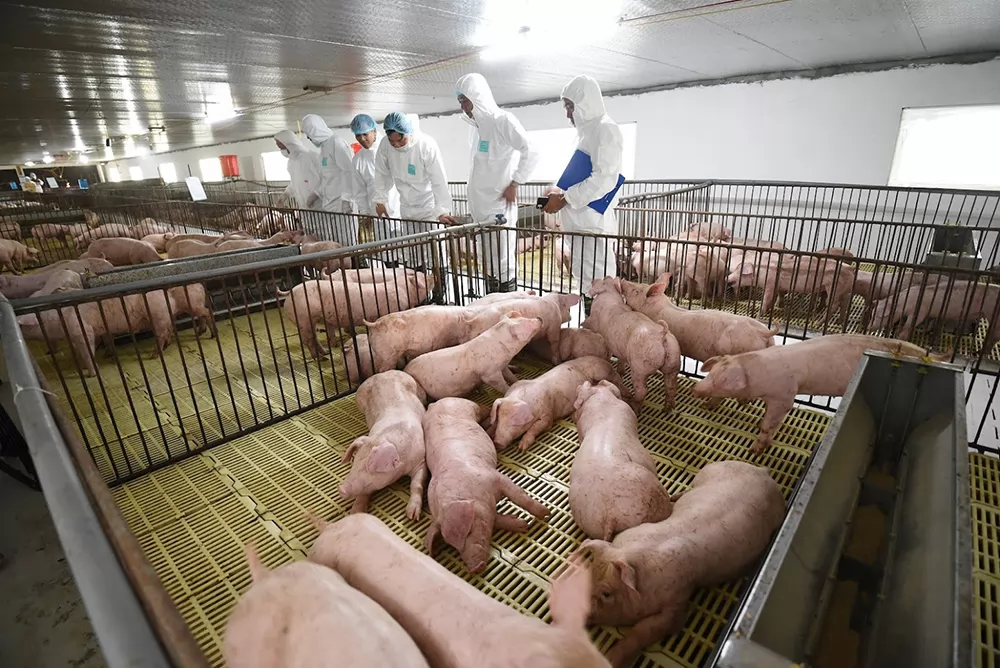Changes to ammonia emission factors for UK poultry farmers

The National Farmers Union has been actively involved in the review process to ensure the updated emission factors are both practical and evidence-based. Photo: Canva.
(VAN) Updated ammonia emission factors for UK poultry and pig producers have been introduced by the Environment Agency.
The changes, informed by recent scientific research, are vital for pollution reporting and permitting processes and aim to bring the emission factors in line with modern practices, aiding compliance with environmental standards.
Reflect current livestock systems
Ammonia emissions are primarily estimated using emission factors, but many of these factors are based on studies conducted more than 2 decades ago. The new updated emission factors are meant to reflect current livestock systems and account for mitigation methods and advancements in nutrition and genetics.
The updated figures are essential for permitted poultry and pig farms in several contexts:
Pollution inventory reporting – used to quantify emissions for reporting purposes.
Permitting processes – applied during the permitting process to assess the environmental impact of emissions on nearby protected nature sites.
Compliance assessment – ensures farms meet best available techniques associated emission levels (BAT-AELs), as required for permitted operations.
The National Farmers’ Union said the updated emission factors are based on a comprehensive data review commissioned by the Environment Agency and conducted by ADAS and Rothamsted Research.
Farmers submitting permit or variation applications should now refer to these revised figures, which can be found here.
‘Practical and evidence-based’
The union has been actively involved in the review process to ensure the updated emission factors are both practical and evidence-based. It sought input from the NFU Poultry Board on draft emission factors and engaged with producers to gather feedback, identifying concerns or queries.
“We also highlighted technical issues, clarifying definitions of housing types, and ensuring justifications for changes in emission factors were transparent,” said the NFU.
The new factors should be used for pollution inventory reporting when the reporting window opens in January 2025. It is hoped that the factors will not only aid in compliance but also provide a more accurate representation of emissions reflecting the improvements in livestock practices and mitigation techniques.
H.D
Maybe you are interested

Khanh Hoa sets a target of US$ 1 billion in mariculture exports by 2030
(VAN) The goal of Khanh Hoa's mariculture project by 2030 is with an mariculture area of 1,500 hectares, a mariculture output of 30,000 tons, and a total export value of more than US$ 1 billion.

Vietnamese seafood has the opportunity to increase market share in the US
The US additional tax on goods imported from China can open new opportunities for Vietnamese seafood to increase market share in this market.

Vietnam to strengthen biosecurity in the face of new risks
By improving biosecurity and traceability, the Department of Livestock Production and Animal Health aims towards a sustainable pig farming industry.





